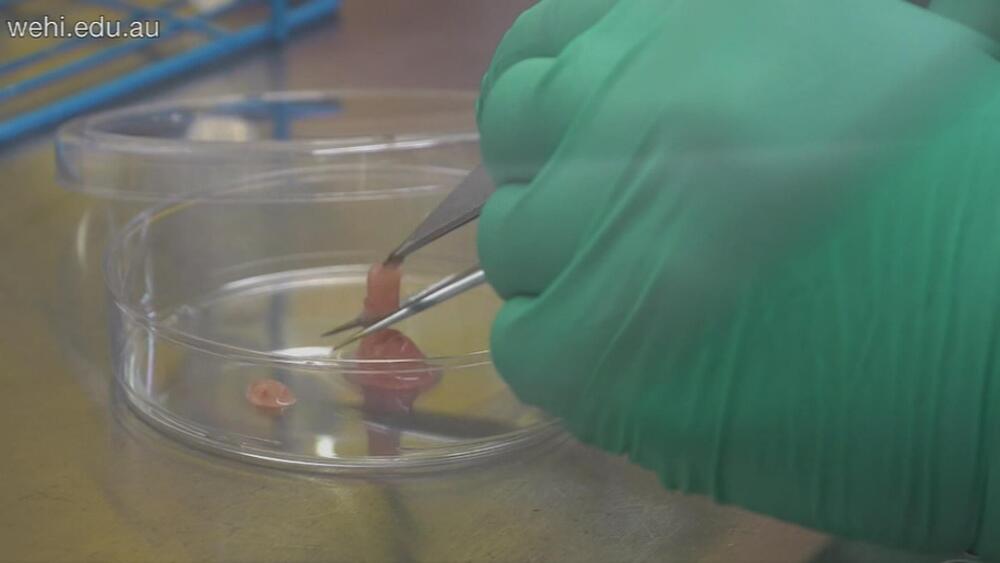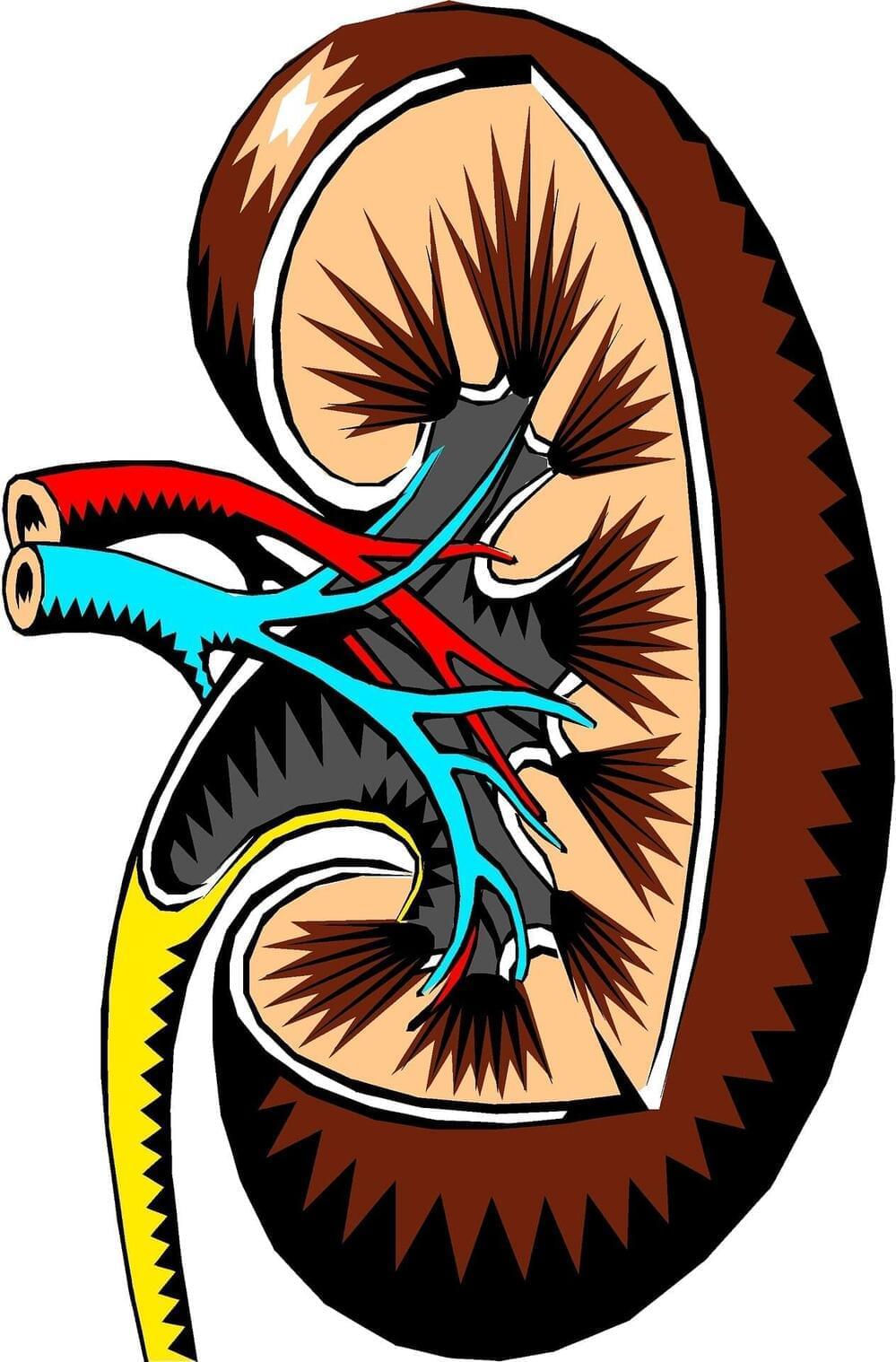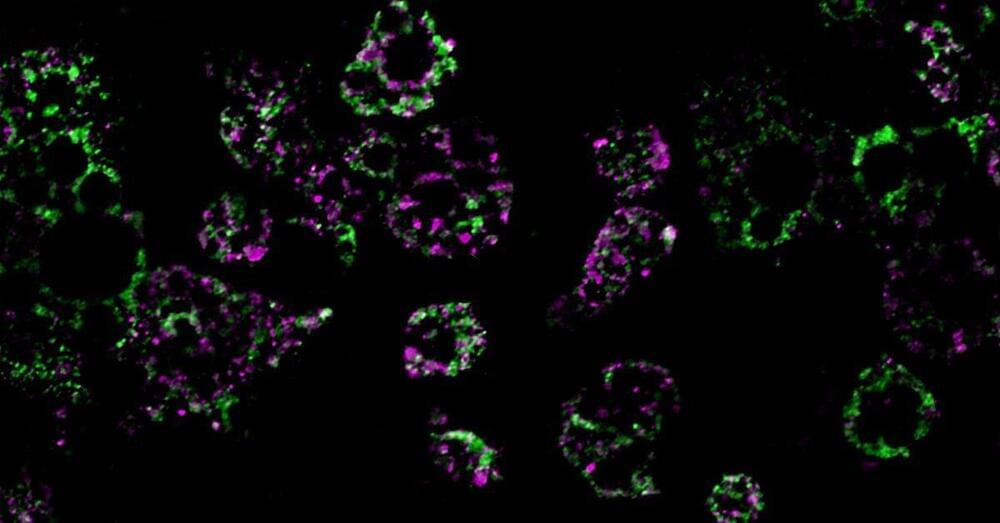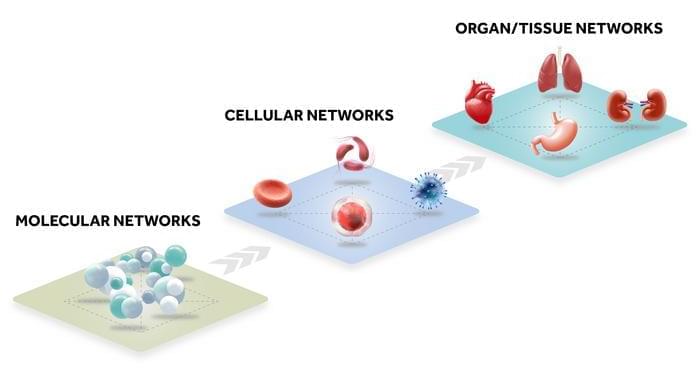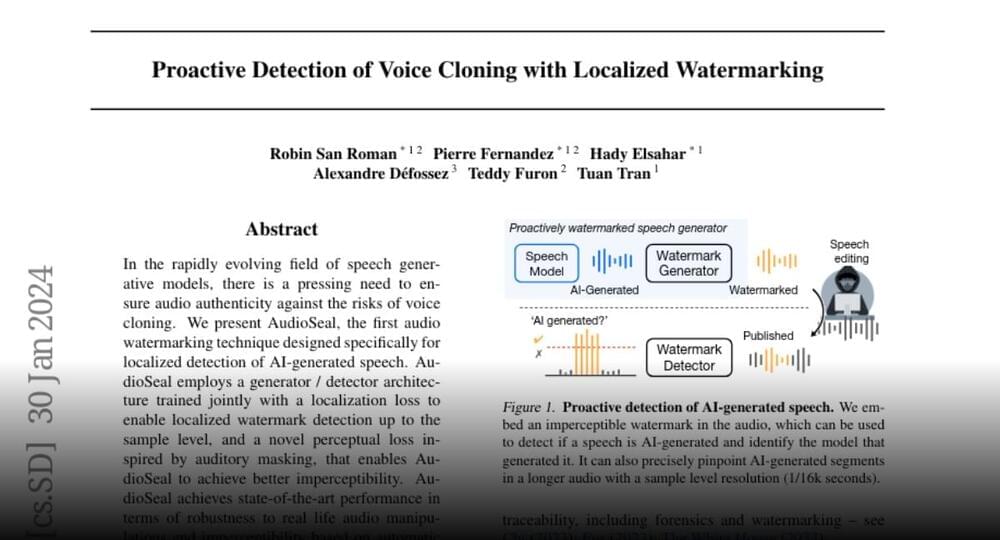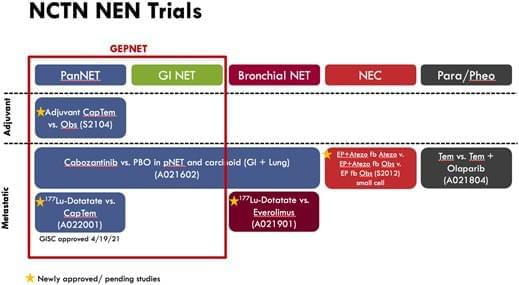
Abstract. Important progress has been made over the last decade in the classification, imaging, and treatment of neuroendocrine neoplasm (NENs), with several new agents approved for use. Although the treatment options available for patients with well-differentiated neuroendocrine tumors (NETs) have greatly expanded, the rapidly changing landscape has presented several unanswered questions about how best to optimize, sequence, and individualize therapy. Perhaps the most important development over the last decade has been the approval of 177 Lu-DOTATATE for treatment of gastroenteropancreatic-NETs, raising questions around optimal sequencing of peptide receptor radionuclide therapy (PRRT) relative to other therapeutic options, the role of re-treatment with PRRT, and whether PRRT can be further optimized through use of dosimetry among other approaches. The NET Task Force of the National Cancer Institute GI Steering Committee convened a clinical trial planning meeting in 2021 with multidisciplinary experts from academia, the federal government, industry, and patient advocates to develop NET clinical trials in the era of PRRT. Key clinical trial recommendations for development included 1) PRRT re-treatment, 2) PRRT and immunotherapy combinations, 3) PRRT and DNA damage repair inhibitor combinations, 4) treatment for liver-dominant disease, 5) treatment for PRRT-resistant disease, and 6) dosimetry-modified PRRT.
